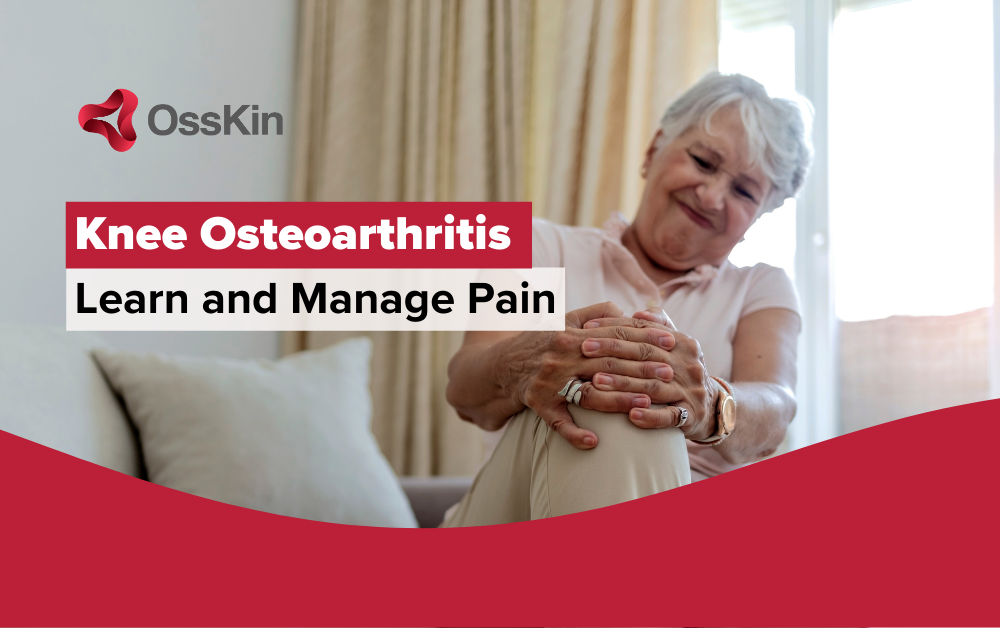
As we age, the process of regenerating tissues and the healing capacity in our bodies becomes more challenging, which can result in injuries, which often take longer to heal than at a younger age. The joints are susceptible to this—particularly the hips and knees, which are weight bearing joints and undergo significant use throughout our lives. Osteoarthritis, a common joint condition, frequently impacts these joints. It is a direct result of a decrease in the cartilage that helps resist compressive forces and a buildup of inflammatory factors and has a significant impact on function and disability in individuals.
We have C-shaped rings of protective cartilage surfaces, known as the medial and lateral menisci, that sit on the ends of the thigh bone. There is also cartilaginous material that sits atop the tibia. The menisci serve as shock absorbers to the knee joint, and the cartilage helps the knee joint to glide efficiently. Either or both of these structures may start to degrade and decrease shock absorption capabilities, acting as a precursor to knee osteoarthritis. This can lead to increased pain compared to when the joint has fully functional menisci and cartilage.
Undoubtedly, this process comes with its fair share of pain. Osteoarthritis the most prevalent form of arthritis, with the knee being the joint most impacted by this. Fortunately, advancements in science and technology have collaborated to support patients with osteoarthritis, aiming to reduce associated symptoms and improve their overall quality of life.
While several factors contribute to the development of knee osteoarthritis, the strongest predictors include: being female, increased body mass index (BMI), early degenerative changes such as chondromalacia, previous trauma to the knee joint, occupations that require frequent kneeling or squatting, participation in high-impact sports, and altered joint mechanics. The underlying cause, however, is the gradual wear and tear of the cartilage. Numerous other factors contribute to risk of developing knee osteoarthritis, including postural defects, genetic predisposition, and more.
Currently, there is no definitive “cure” for osteoarthritis. However, there are treatment options available that can alleviate discomfort and enhance the natural function of the knee joint.
Recognizing the symptoms of knee osteoarthritis is the initial step toward implementing an appropriate treatment plan. Typically, patients with osteoarthritis first notice pain that intensifies following activity such as walking, climbing stairs, or stiffness after a period of immobility, such as waking up in the morning.
Although the symptoms can vary from person to person, the most common ones remain consistent. Joint stiffness, pain, swelling, and limited range of motion are frequently observed in diagnosed patients.
Here is a detailed overview of these symptoms:
The management of knee osteoarthritis involves various approaches based on the patient’s lifestyle, age, and progression of the condition. OssKin presents three effective and recognized methods for pain relief and preventing further progression of knee osteoarthritis:
Knee osteoarthritis pain can quickly become incapacitating for those affected. However, there are effective solutions and management strategies. To discover the most relevant solutions for your specific needs, it is advisable to contact one of our experts at OssKin to help manage your knee osteoarthritis and improve your quality of life.
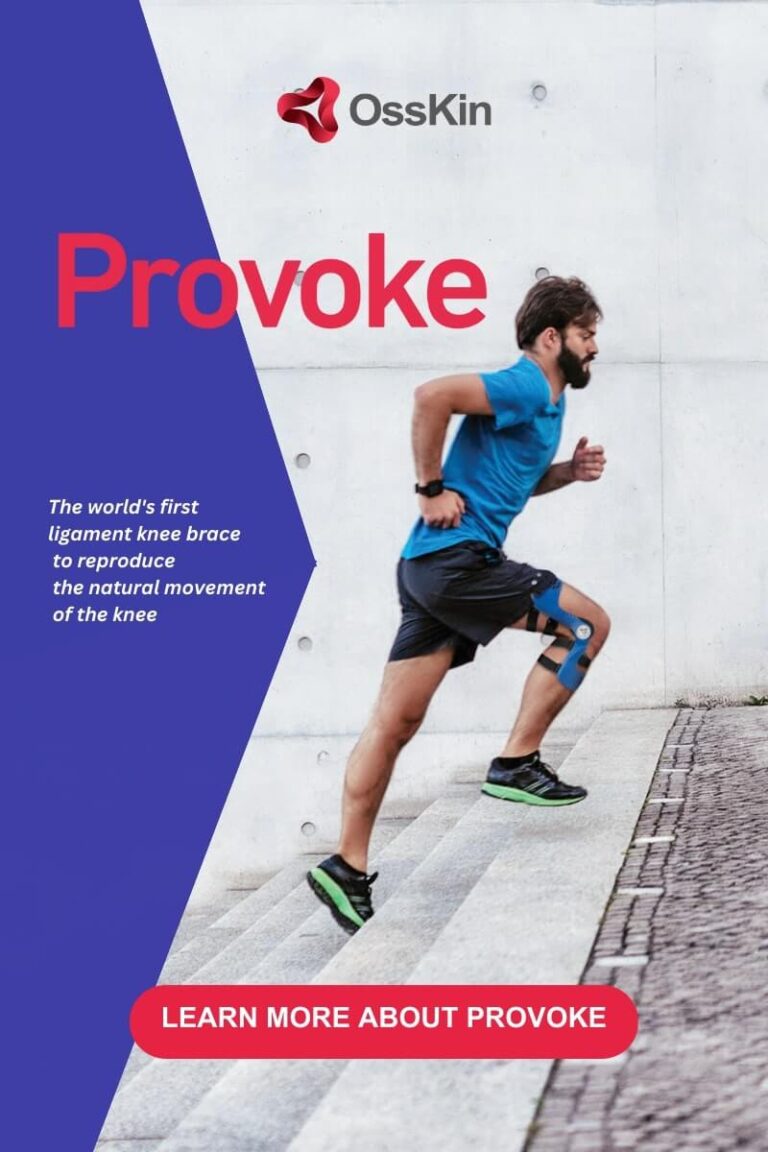
Share on
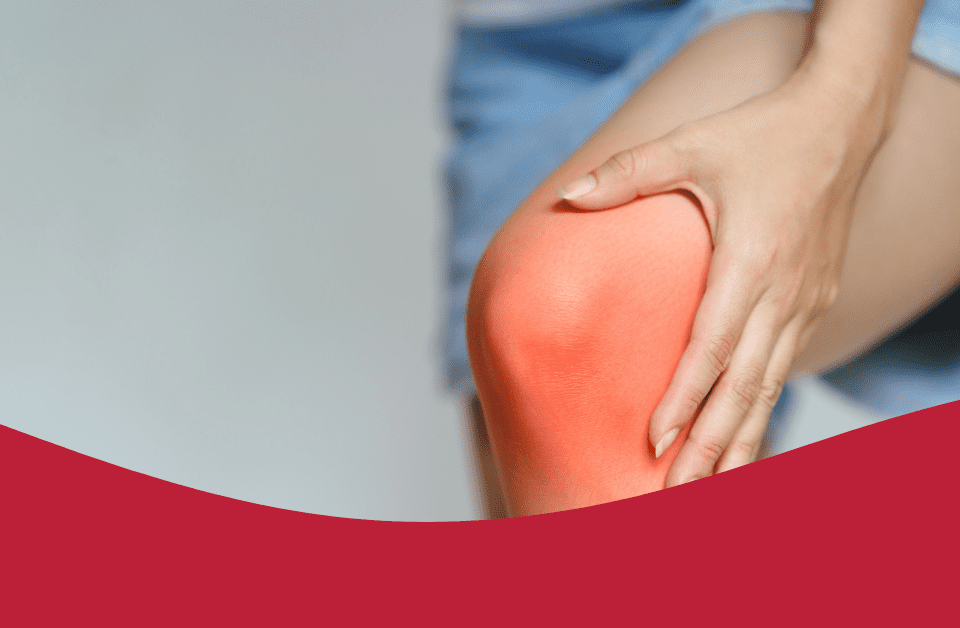
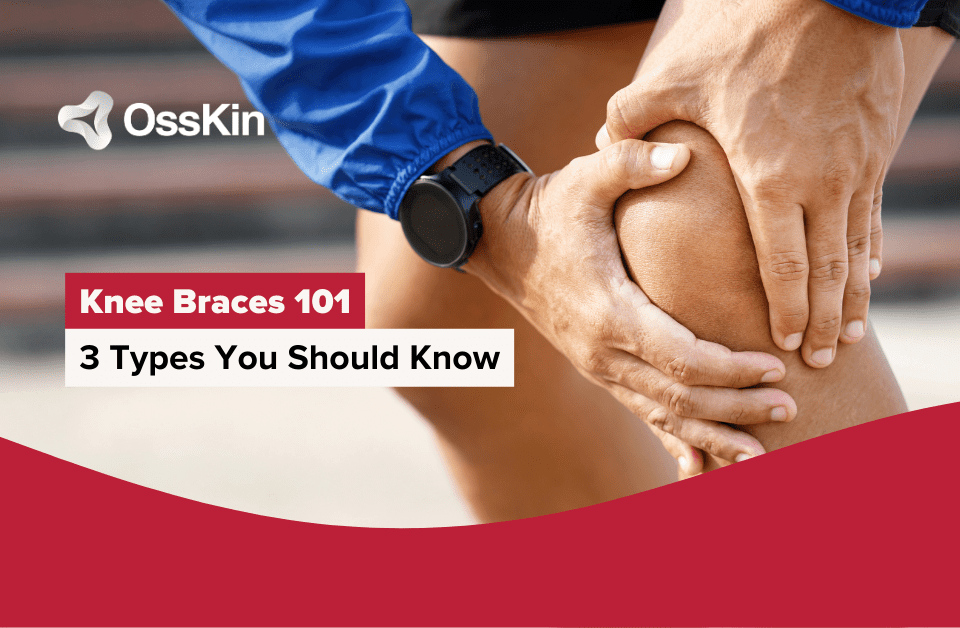
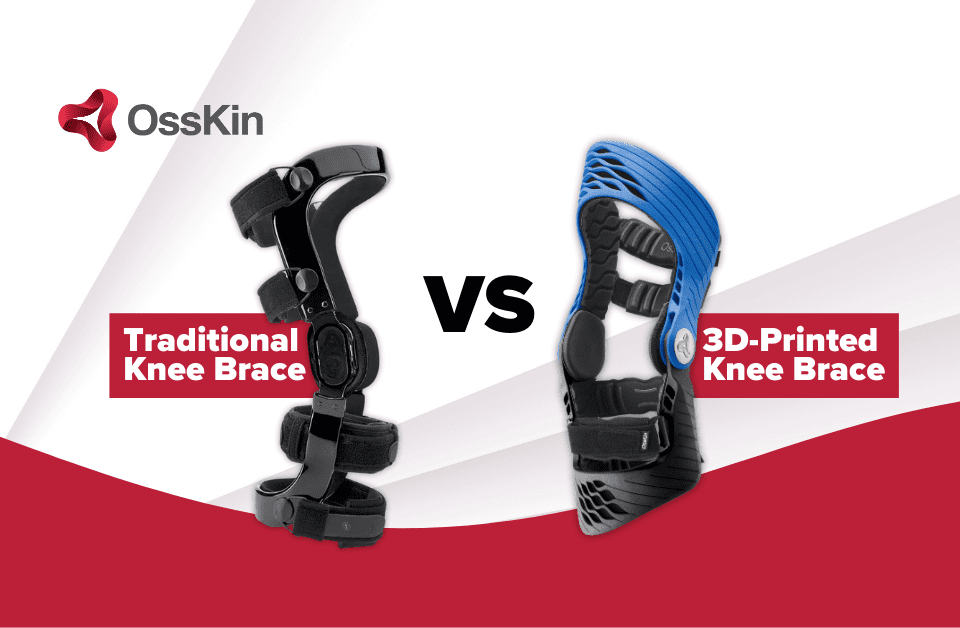
OssKin © 2024